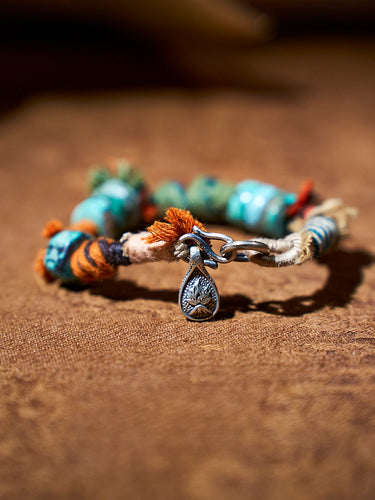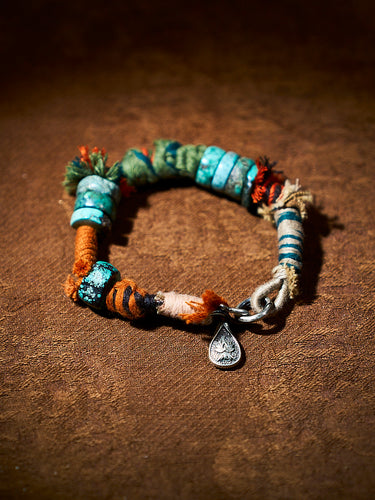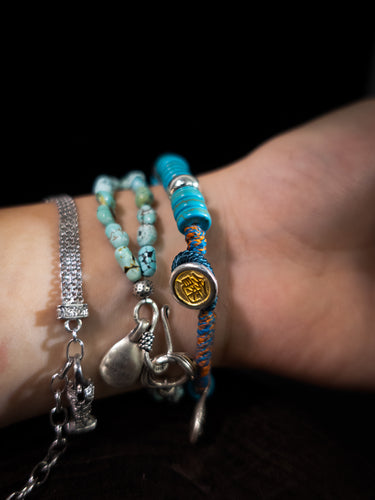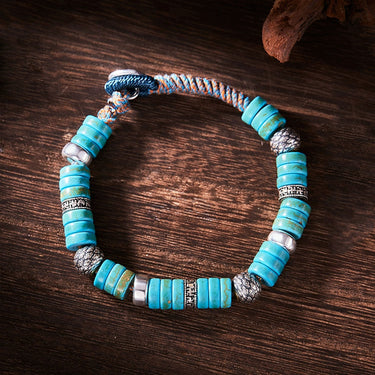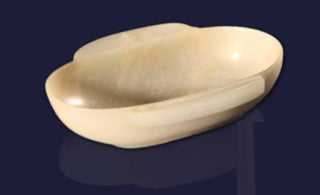
He cultural significance of ear cups in Chinese tradition is deeply woven into the fabric of China's rich history and heritage. These ear cups, or 'erbei' in Chinese, are far more than mere vessels for drinking; they are emblematic of the profound artistry, philosophical depth, and social customs that have shaped Chinese culture for millennia. In the realm of classical Oriental art, there exists a captivating craft that showcases the exquisite beauty and cultural richness of Chinese tradition—the art of crafting ear cups. These delicate vessels hold within them a deep cultural significance and have been cherished throughout Chinese history. Join us on a journey as we explore the cultural significance of ear cups in Chinese tradition, delving into their symbolism, craftsmanship, and enduring allure.
Symbolism and Meaning of Ear Cups
Throughout China's dynastic history, the style and popularity of ear cups evolved. Each dynasty brought its own influences, seen in the varying designs and materials of the cups. For instance, during the Tang and Song dynasties, when tea culture flourished, ear cups were highly prized and often featured sophisticated glazing techniques and elegant motifs. Ear cups, also known as teacups for the ears, have long been revered as cultural symbols in Chinese tradition. These small cups, often made from delicate porcelain or ceramic materials, carry profound meaning and serve as vessels for more than just tea. They embody the essence of Chinese philosophy, aesthetics, and social customs. The shape and design of ear cups are carefully crafted to evoke specific symbolism. The roundness of the cup symbolizes unity, harmony, and completeness, reflecting the Chinese belief in the interconnectedness of all things. The handle of the cup, typically in the form of a small loop, represents the cycle of life and the flow of energy. The design elements, such as intricate patterns or motifs, often depict scenes from nature, mythical creatures, or auspicious symbols, adding layers of meaning to the cups. In traditional Chinese society, ear cups were more than just utilitarian objects; they were essential to social rituals and ceremonies. The tea ceremony, known as 'gongfu cha,' is an elaborate ritual where tea is prepared and served in these cups, symbolizing respect and hospitality. The ceremony is a cultural activity that fosters social bonds and is imbued with a sense of harmony, balance, and etiquette.
Cultural Customs and Traditions of of Ear Cups
In Chinese culture, every object holds symbolic meaning, and ear cups are no exception. The design of the cup, especially its handle, symbolizes listening and contemplation. It serves as a reminder to be mindful and present, especially during tea ceremonies, which are moments of tranquility and reflection. The ear-shaped handle also symbolizes good fortune, as 'ear' in Chinese is a homophone for 'more,' suggesting longevity and abundance. Ear cups play a significant role in Chinese cultural customs and traditions, particularly in the realm of tea ceremonies. Tea has been an integral part of Chinese culture for centuries, and the act of serving and drinking tea is deeply rooted in etiquette and social interactions. During tea ceremonies, the host carefully selects and prepares the tea, pouring it into the ear cups with grace and precision. The cups are then passed among the guests, fostering a sense of connection and harmony. The act of sipping tea from the ear cups is not merely a physical action but a spiritual and sensory experience. It allows individuals to appreciate the beauty of the cup, the aroma of the tea, and the flavors that unfold with each sip.
Craftsmanship and Artistry of Ear Cups
The creation of ear cups involves meticulous craftsmanship and artistry, passed down through generations of skilled artisans. The process begins with selecting the finest materials, such as high-quality porcelain or ceramic, known for their durability and ability to retain heat. The shaping of the cups requires expertise in pottery techniques. Artisans skillfully mold the clay, forming the delicate curves and proportions that define ear cups. Each cup is unique, carefully handcrafted to achieve a harmonious balance between form and function. The decoration of ear cups is a true testament to the artistry of Chinese craftsmanship. Intricate patterns, motifs, and designs are meticulously painted onto the surface of the cups using fine brushes and vibrant mineral pigments. Ear cups are a testament to the exquisite craftsmanship of Chinese artisans. Made from fine porcelain or ceramics, these cups are often adorned with intricate designs, calligraphy, and motifs. Common themes include natural elements like flowers and birds, dragons and phoenixes symbolizing power and renewal, and landscapes that evoke serenity. These artistic details are not merely decorative; they reflect the philosophical and aesthetic ideals of Chinese culture. These decorative elements often draw inspiration from nature, Chinese mythology, or auspicious symbols, further enhancing the cultural significance of the cups. Ear cups continue to captivate collectors, artists, and enthusiasts who appreciate the beauty and cultural legacy of Chinese tradition. These exquisite vessels are not only objects of aesthetic appeal but also gateways to understanding the values, beliefs, and artistic achievements of ancient China.In recent years, there has been a growing global interest in traditional Chinese art and culture, leading to a renewed appreciation for ear cups. Collectors seek out rare and unique pieces, while artists draw inspiration from the craftsmanship and symbolism of the cups in their own creations. Exhibitions and museums dedicated to Chinese art proudly display ear cups, showcasing their cultural significance to a wider audience.
In conclusion, the art of crafting ear cups in Chinese tradition is a testament to the cultural richness and artistic excellence of classical Oriental art. Ear cups hold a significant place in the cultural legacy of Chinese tradition. They embody the wisdom, beauty, and spiritual essence of the past, connecting us to a rich heritage that continues to inspire and shape our present. These delicate vessels symbolize unity, harmony, and the interconnectedness of all things. As we embrace the enduring allure of ear cups, we honor the customs, traditions, and craftsmanship that have shaped Chinese culture throughout history.








